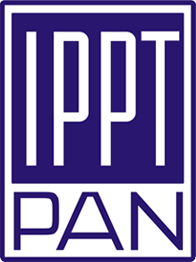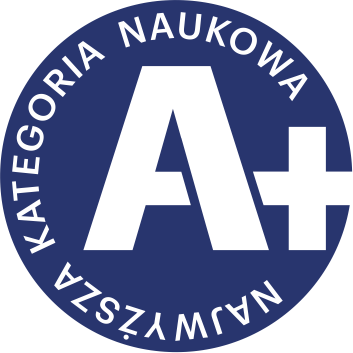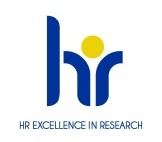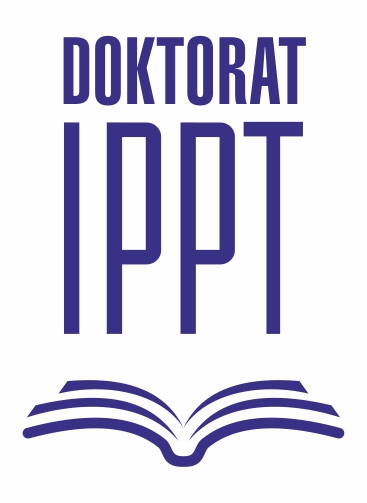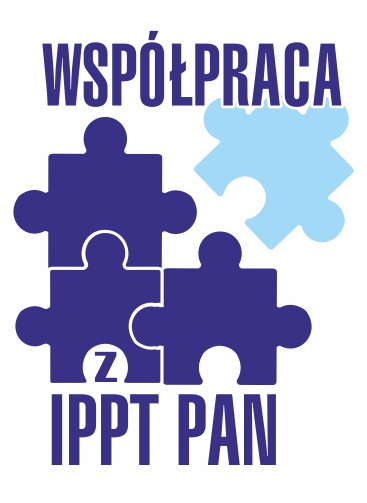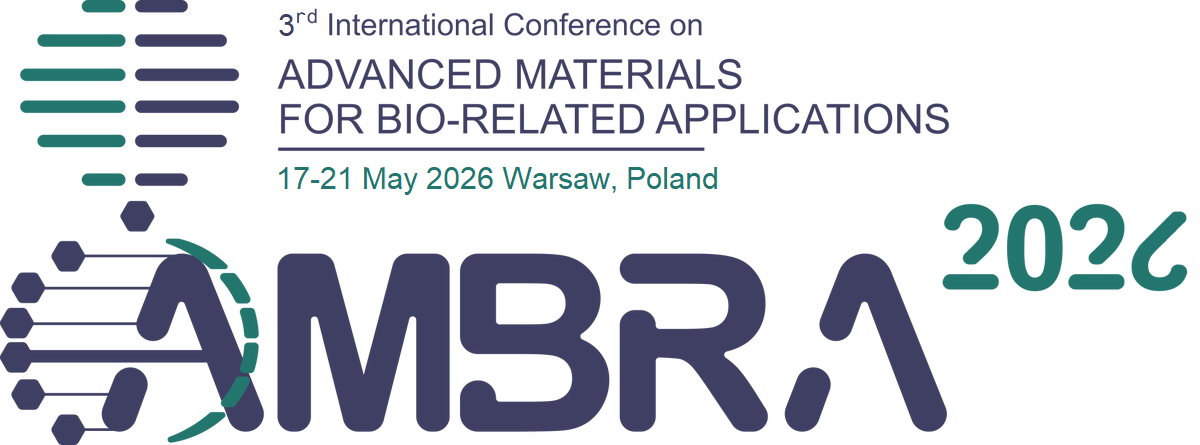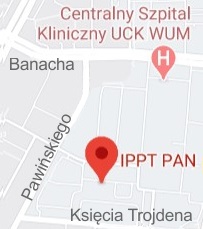| 1. |
Teshome Tufa L.♦, Gicha B.♦, Cheru Fekadu M.♦, Huu‐Quang N.♦, Tran V.♦, Nwaji N., Xiaojun H.♦, Hongxia C.♦, Lee J.♦, Plasmon-enhanced photo/electrocatalysis: Harnessing hetero-nanostructures for sustainable energy and environmental applications,
Applied Physics Reviews, ISSN: 1931-9401, DOI: 10.1063/5.0205461, Vol.11, No.4, pp.041336-1-041336-26, 2024 Streszczenie:
Plasmon-enhanced photo/electrocatalysis using hetero-nanostructures has emerged as a promising approach for boosting the efficiency and selectivity of photo/electrocatalytic reactions. Plasmonic nanostructures (PNSs), with their unique properties including localized surface plasmon resonance (LSPR), play a vital role in enhancing photo/electrocatalytic activities. By leveraging LSPR, PNSs can concentrate incident light, facilitate charge separation, and induce surface reactions, leading to improved catalytic performance. In this review, we provide a comprehensive analysis of the current state of knowledge in this field. We discuss the rational design and synthesis of hetero-nanostructures, focusing on the optimization of composition, size, shape, and interface properties. Furthermore, we explore various combinations of plasmonic sources with semiconductors of diverse morphologies to achieve enhanced photocatalytic activity. The reviewed research encompasses applications in water splitting, removal of organic pollutants, CO2 reduction, and energy conversion. We also address the challenges that need to be overcome, including optimization of materials, reproducibility, stability, band alignment, and understanding plasmon–material interactions in hetero-nanostructures. The review of future perspectives includes the integration of multiple functionalities, the exploration of novel plasmonic materials, and the translation of plasmon-enhanced photo/electrocatalysis into practical applications. The combination of plasmonics and nanotechnology can be used to advance green technologies and address pressing global issues. Słowa kluczowe:
Plasmons, Heterostructures, Energy conversion, Sustainable energy, Nanotechnology, Water-splitting, Interfacial properties, Photocatalysis, Surface reactions, Catalysts and Catalysis Afiliacje autorów:
| Teshome Tufa L. | - | inna afiliacja | | Gicha B. | - | inna afiliacja | | Cheru Fekadu M. | - | inna afiliacja | | Huu‐Quang N. | - | inna afiliacja | | Tran V. | - | inna afiliacja | | Nwaji N. | - | IPPT PAN | | Xiaojun H. | - | inna afiliacja | | Hongxia C. | - | inna afiliacja | | Lee J. | - | Lexington High School (US) |
|  | 200p. |
| 2. |
Yonas S.♦, Gicha B.B.♦, Adhikari S.♦, Sabir F.K.♦, Tran V.T.♦, Nwaji N., Gonfa B.A.♦, Teshome Tufa L.♦, Electric-Field-Assisted Synthesis of Cu/MoS2 Nanostructures for Efficient Hydrogen Evolution Reaction,
Micromachines, ISSN: 2072-666X, DOI: 10.3390/mi15040495, Vol.15, No.495, pp.1-13, 2024 Streszczenie:
Molybdenum sulfide–oxide (MoS2, MS) emerges as the prime electrocatalyst candidate demonstrating hydrogen evolution reaction (HER) activity comparable to platinum (Pt). This study presents a facile electrochemical approach for fabricating a hybrid copper (Cu)/MoS2 (CMS) nanos- tructure thin-film electrocatalyst directly onto nickel foam (NF) without a binder or template. The synthesized CMS nanostructures were characterized utilizing energy-ispersive X-ray spectroscopy (EDS), scanning electron microscopy (SEM), X-ray diffraction (XRD), and electrochemical methods. The XRD result revealed that the Cu metal coating on MS results in the creation of an extremely crys-talline CMS nanostructure with a well-defined interface. The hybrid nanostructures demonstrated
higher hydrogen production, attributed to the synergistic interplay of morphology and electron dis-tribution at the interface. The nanostructures displayed a significantly low overpotential of −149 mV at 10 mA cm−2 and a Tafel slope of 117 mV dec−1, indicating enhanced catalytic activity compared to pristine MoS2.This research underscores the significant enhancement of the HER performance and
conductivity achieved by CMS, showcasing its potential applications in renewable energy. Słowa kluczowe:
electrodeposition, hydrogen evolution reactions, catalytic activity, Cu/MoS2 nanostructures Afiliacje autorów:
| Yonas S. | - | inna afiliacja | | Gicha B.B. | - | inna afiliacja | | Adhikari S. | - | inna afiliacja | | Sabir F.K. | - | inna afiliacja | | Tran V.T. | - | inna afiliacja | | Nwaji N. | - | IPPT PAN | | Gonfa B.A. | - | inna afiliacja | | Teshome Tufa L. | - | inna afiliacja |
|  | 70p. |


